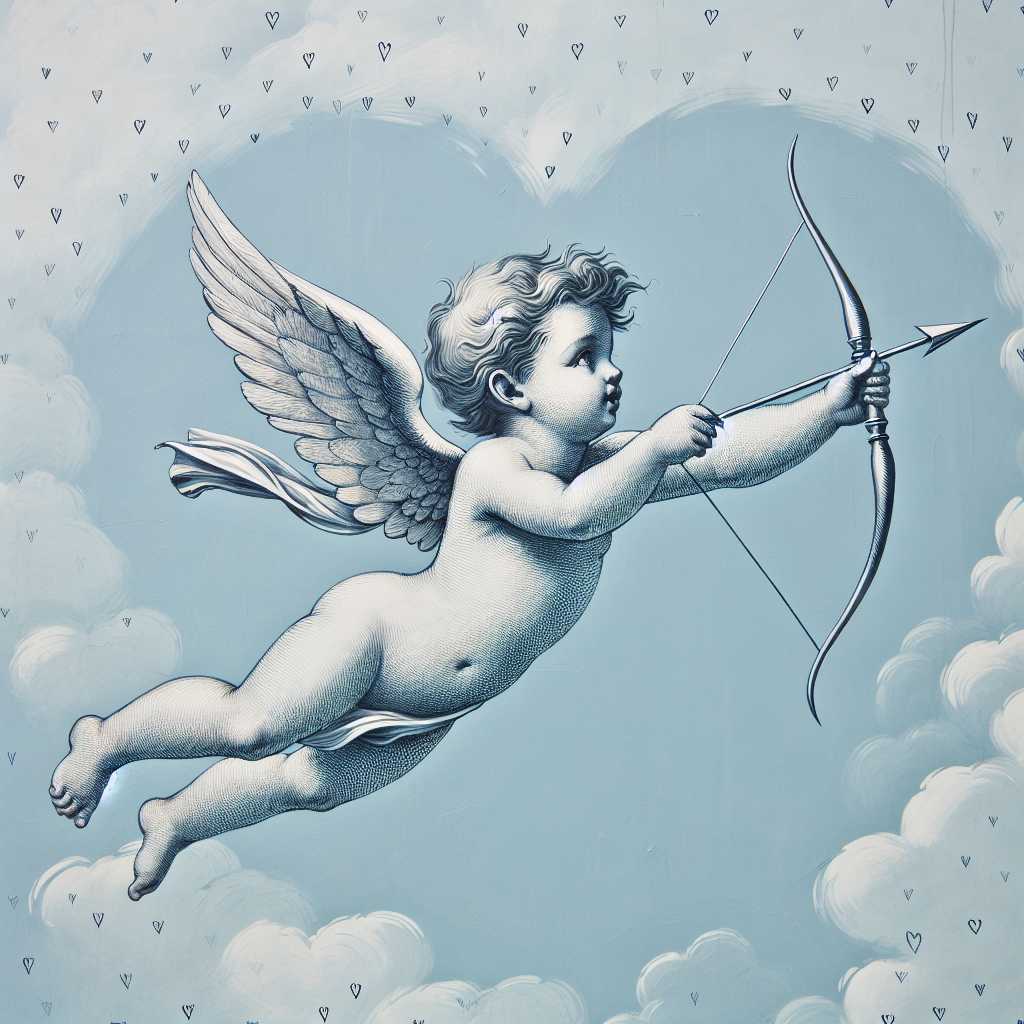Understanding Cupid: The Symbol of Love and Affection
Cupid is a figure from classical mythology who continues to captivate the modern imagination as the icon of Valentine’s Day and a symbol of romantic love. Often depicted as a winged infant carrying a magical bow and arrow, his roots lie deep within ancient Roman myth, where he is known as Cupid, and his Greek counterpart is named Eros. As the messenger of love, Cupid’s arrows inspire desire and affection in gods and mortals alike, rendering him an enduring feature of both art and culture.
The Historical and Mythological Roots of Cupid
Cupid’s character is most prominently featured in classical sources that date back to ancient times. In Roman mythology, Cupid is the son of Venus, the goddess of love and beauty, and Mars, the god of war. As a dynamic character amongst the pantheon of Roman deities, Cupid exhibits the duality of peaceful romance through his mother’s lineage, juxtaposed against the disruptive chaos of passion stemming from his father’s warrior traits.
In Greek tradition, he is called Eros, initially a primordial being born from Chaos, later recognized as Aphrodite’s child, inspired by Venus’s Roman conception.
Cupid’s Iconography and Cultural Significance
Throughout art history, Cupid has been portrayed in various forms—from the robust young man in Hellenistic works signifying physical desire to the rosy-cheeked cherub seen in Renaissance paintings that embodied innocent love. Over time, Cupid became synonymously represented as an infant angel with wings, equipped with arrows that caused his targets to fall in love.
This stereotypical image complements his narrative involvement within many myths, including the famous story of Cupid and Psyche. In this tale, Psyche is forced to endure trials and tribulations to be reunited with her love, Cupid, reflecting on love’s suffering and redeeming power.
In contemporary culture, Cupid is not bound to mythology. He features within literature, festive celebrations such as Valentine’s Day and is threaded into popular expressions decrying the unpredictable nature of love – “shot by Cupid’s arrow.”
Cupid in Modern Media and Celebrations
With Valentine’s Day as an annual celebration for expressions lovers worldwide, Cupid is particularly emphasized during this period. He graces greeting cards, commercials, and digital media animations emphasizing love and human connections.
In addition to commercial representation, modern depictions of Cupid often invoke themes of cuteness and cartoon-ish mischief rather than divine mythos. This shift illustrates a secular cultural appetite detached from ancient legends yet voracious for symbols that embody human feelings concerning attachment and romance.
Debunking Common Misconceptions about Cupid
Despite widespread recognition, certain misconceptions about Cupid persist:
–
Cupid vs. Cherubs: Today’s common interchange between cherubs—a class of angelic beings in Christian theological tradition—and depictions of Cupid conflates separate origins.
–
Manifestations of Love: Often thought to control all forms of love with his arrow, original myths show that Cupid could induce a diverse range of passions or affections.
–
